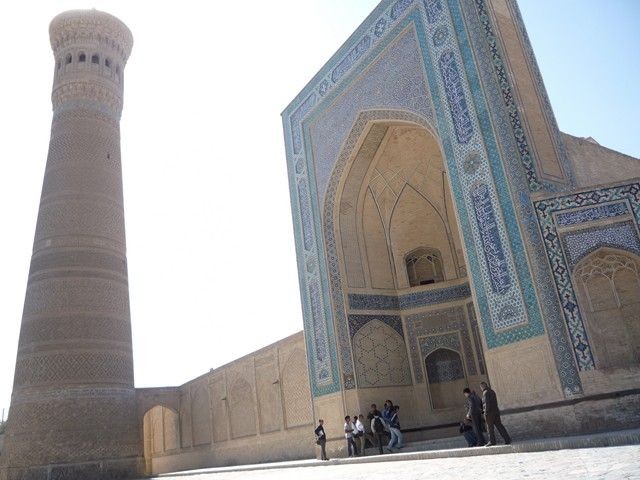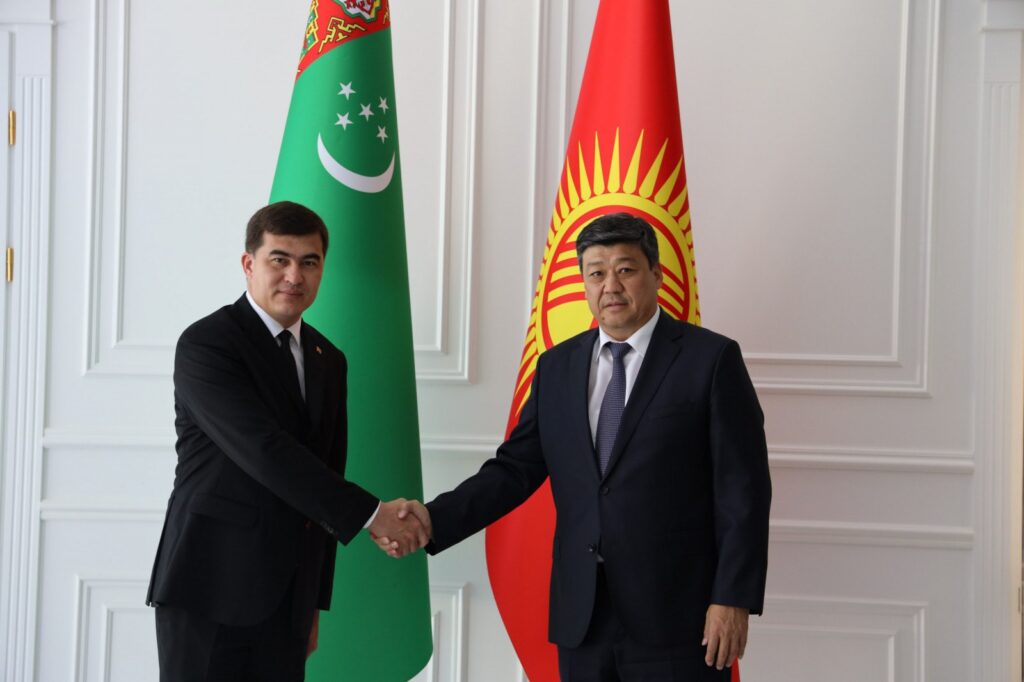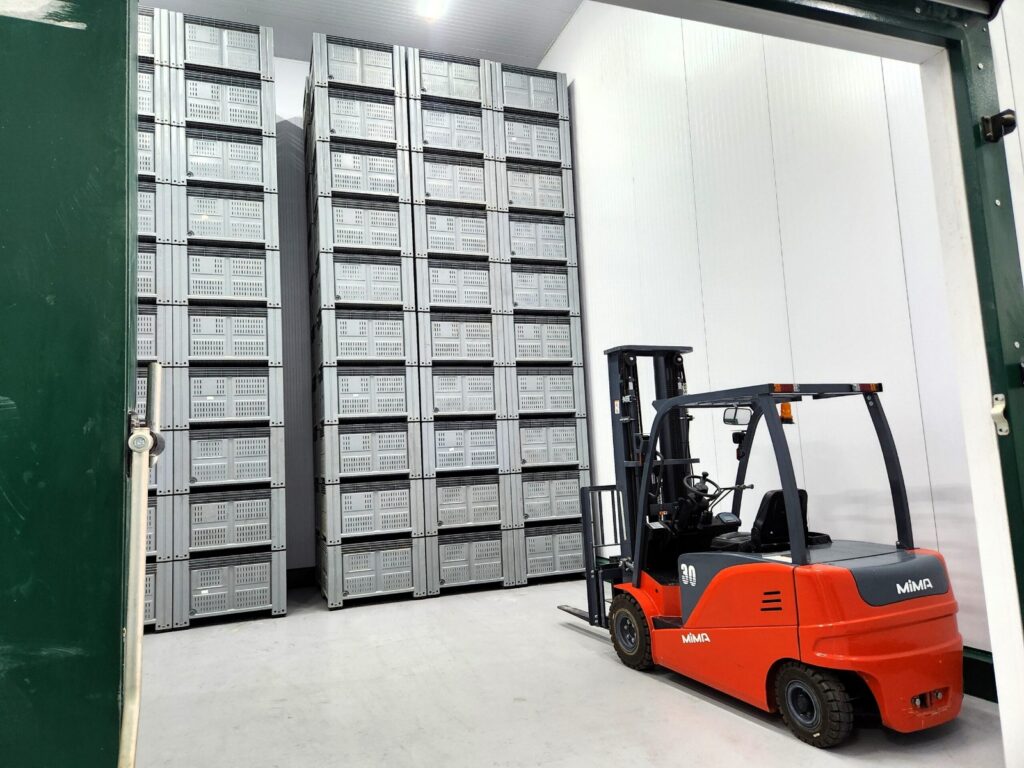LONDON (TCA) — Study material publicised over summer last year by the World Travel & Tourism Council on the development of Central Asia’s tourism sector shows disappointing figures in terms of the contribution from the sector to the region’s overall economic development. Opening up the area for larger numbers of tourists would make transportation and accommodation cheaper, and the destination, which has many interesting things to offer, more competitive.
Uzbekistan, which in Soviet times used to be the USSR’s most important destination for foreign tourists next to Moscow, Kiev and Leningrad, nowadays attracts in the order of a quarter million foreign visitors coming for leisure each year. The top attractions remain the Silk Road cities Khiva, Bukhara, Samarkand, Tashkent and Fergana. Though private-owned accommodation and tour agencies are on the rise, state control over the business remains tight.
According to statistics provided by the World Travel & Tourism Council, the total contribution of Travel & Tourism to Uzbekistan’s GDP was UZS 4,408.0 billion in 2015. It is forecast to rise by 6.0% per year to UZS 7,889.9bn by 2025 (2.9% of GDP). “Travel & Tourism generated 118,500 jobs directly in 2014 (0.8% of total employment). This includes employment by hotels, travel agents, airlines and other passenger transportation services (excluding commuter services). It also includes, for example, the activities of the restaurant and leisure industries directly supported by tourists,” in the WTTC’s words. According to the think-tank, investments in tourism and directly affiliated sectors has more than doubled between 2006 and 2015 from around 300 billion to close to 800 billion in Uzbek sum.
As for Kyrgyzstan, still according to the World Travel & Tourism Council, through the year 2015, the country welcomed 2.792 million visitors from abroad, close to 2 million of whom were foreign tourists (the remainder consists of businessmen and delegations). The bulk of the tourists consist of citizens from Russia and other former Soviet republics, but the proportion of tourists from Europe, the Americas and the British Commonwealth is steadily growing. By 2025, international tourist arrivals are forecast to total 4,660,000, generating expenditure of 33.1 billion Kyrgyz som (close to half a billion US dollars at late-2015 exchange rates).
The direct contribution of Travel & Tourism to Kyrgyzstan’s gross domestic product in 2014 stood at 4.9 billion som (1.3% of GDP; close to a hundred million in US dollar at end-2014 exchange rates). For 2015, a gross income related to the sector of 4.8 billion som was expected; due to the som’s depreciation in the course of the year, this represents no more than $60 million. Travel & Tourism generated 28,000 jobs directly in 2014 (1.2% of total employment) and this is forecast to fall by 4.4% in 2015 to 27,000 (1.1% of total employment). This includes employment by hotels, travel agents, airlines and other passenger transportation services (excluding commuter services). It also includes, for example, the activities of the restaurant and leisure industries directly supported by tourists. By 2025, Travel & Tourism will account for 28,000 jobs directly, an increase of 0.3% pa over the next ten years.
In 2014, direct capital investments in the Kyrgyz tourist sector amounted to 3.8 billion som, an amount which the country hopes to increase by around 5 per cent year-on-year per annum in years to come. In case western and former Soviet economies pick up once more, growth demand is expected to exceed the offer created by the investments by far. There is therefore room for more – both in terms of quality and quantity. On condition that prices of goods and leisure facilities remain competitive, Kyrgyzstan will be able to maintain its position as a destination for foreign tourists in the former USSR – next to Georgia and Uzbekistan.
From the 1950s to this very day, Kyrgyzstan has developed an infrastructure fit for mass tourism. The Soviets built hotels in every major town, ski and mountaineering resorts near Bishkek and the country’s second-largest tourist centre Karakol in the extreme east. Along the shore of Lake Issyk-Kul as well as on other lakes, sanatoria were built due to the healing power of the waters. To protect the natural environment, numerous natural parks and reserves were opened. The proximity of the Silk Route cities of Uzbekistan (Osh in Kyrgyzstan is considered one of them) facilitated a combination of cultural and leisure holidays for both Soviet citizens and people from outside the USSR.
Some visitors have noted that Kyrgyzstan has preserved more of the (now historic) Soviet way of life, especially away from urbanised areas. Low purchasing power among most of the population (more than one-third of the population lives just on or under the poverty line) make things like food, drinks and shelter cheap for western middle-class holiday budgets. Finally, Kyrgyzstan is visa free for most of the countries and has regular daily flights from Europe through Istanbul and Moscow.
This leaves Kazakhstan, as Turkmenistan has little developed tourist industry and Tajikistan is just too dangerous and more problematic to be reached in terms of transportation. According to the WTTC, the total contribution of Travel & Tourism to the country’s GDP (including wider effects from investment, the supply chain and induced income impacts) was KZT 2,041.2bn in 2014 (5.6% of GDP) and is expected to grow by 5.3% to KZT 2,149.4bn (5.6% of GDP) in 2015. It is forecast to rise by 5.5% each year to KZT 3,656.1bn by 2025 (5.5% of GDP). Kazakhstan stands on the threshold of the biggest challenge in its fledgling tourist industry ever: the Expo-2017 in Astana, for which it hopes to attract at least 2 million visitors from abroad. Travel & Tourism generated 152,000 jobs directly in 2014 (1.8% of total employment) and this is forecast to grow by 5.5% in 2015 to 160,000 (1.8% of total employment). In 2015, the country is expected to attract 5,610,000 international tourist arrivals. Travel & Tourism is expected to have attracted capital investment of KZT 421.2bn in 2014. This is expected to rise by 0.6% in 2015, and rise by 5.6% a year over the next ten years to KZT 728.3bn in 2025.
It can be safely assumed that Central Asia’s tourism industry has a much smaller share in national economies and attracts much less investments than demand tends to justify.








